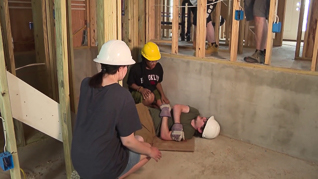Hazard Recognition In Construction Environments
- Product ID
- marchre1c_vod
- Training Time ?
- 21 to 31 minutes
- Language(s)
- English
- Video Format
- High Definition
- Required Plugins
- None
- Number of Lessons
- 7
- Quiz Questions
- 10
- Closed Captioning
- Question Feedback
- Wrong Answer Remediation
- Lesson Bookmarking
- Downloadable Resources
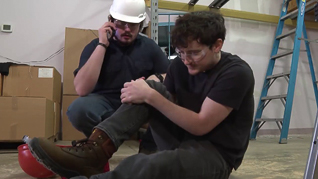
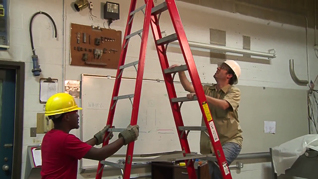
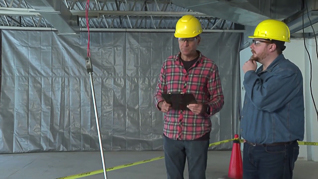
According to the Occupational Safety and Health Administration (OSHA), more than 3 million illnesses and injuries and more than 5,000 deaths occur annually on worksites. Hazard recognition is when we look for hazards before beginning to work on a project. This safety training course teaches construction workers how to increase overall safety by recognizing hazards in construction environments.
Viewers learn about the direct connection between the number of hazards on a worksite and the number of accidents, injuries, and fatalities. When hazards are identified and either controlled or eliminated, the number of accidents, injuries, and fatalities is reduced.
This course teaches about the three tools that should be used to recognize hazards: job hazard analysis, pre-shift and pre-operation inspections, and work permits. Pre-shift and pre-operation inspections include checking equipment and protective gear before starting to work. Detailed checklists ensure the inspections are thorough.
Watch this safety training course to learn how to create a safer construction worksite.
![]() This course is in the Video On Demand format, to read about Video On Demand features click here.
This course is in the Video On Demand format, to read about Video On Demand features click here.
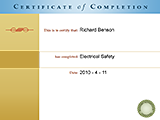
- Install on any SCORM LMS
- Full-screen video presentation
- Print certificate and wallet card
- You have 30 days to complete the course
Everyone who works in construction will benefit from this safety training course.
- Introduction
- The Need For Hazard Recognition
- Hazardous Conditions And Unsafe Acts
- Identifying Hazards In Advance
- “Real Time” Hazard Recognition
- Investigating Accidents And Near Misses
- Conclusion
© Mastery Technologies, Inc.

